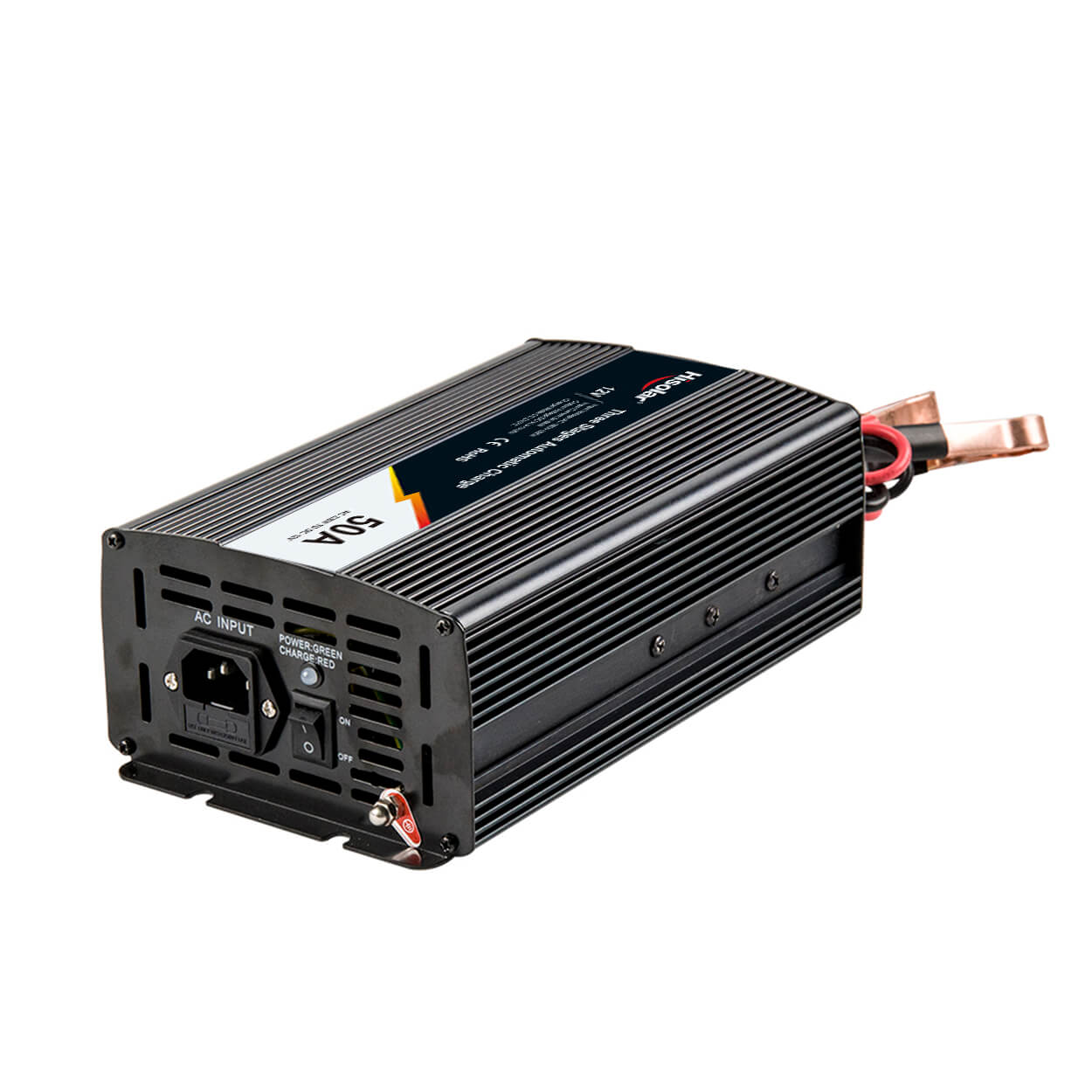Fast Charging Unleashed: Navigating the Dynamics of Quick Charges for Lead-Acid Batteries
2024-01-19
Introduction:
In the realm of lead-acid battery charging, the concept of fast charging has gained prominence, promising quicker replenishment of energy. This blog post explores whether lead-acid battery chargers support fast charging, the considerations involved, and the impact on battery life.
The Need for Speed: Fast Charging for Lead-Acid Batteries
Fast charging aims to significantly reduce the time it takes to charge lead-acid batteries, providing a convenient solution for users with time-sensitive charging requirements. But does your lead-acid battery charger support this high-speed charging capability?
1. Charger Capabilities:
- Not all lead-acid battery chargers are designed for fast charging. High-power chargers equipped with advanced electronics and robust power delivery mechanisms are better suited for this purpose.
2. Compatibility with Battery Types:
- The ability to support fast charging may vary depending on the lead-acid battery type. AGM (Absorbent Glass Mat) batteries, for example, are known for their fast-charging capabilities and can take advantage of chargers designed to deliver higher currents.
Considerations for Battery Life:
While fast charging offers undeniable benefits in terms of time efficiency, there are crucial considerations regarding its impact on the overall life and health of lead-acid batteries.
1. Heat Generation:
- Fast charging tends to generate more heat in the battery, which can accelerate the aging process. Elevated temperatures can lead to electrolyte loss, reduced capacity, and decreased overall battery life.
2. Chemical Reactions:
- The chemical reactions occurring within the battery during fast charging can be more intense. This can lead to potential side effects such as increased gas production, which may require careful management.
3. Battery Chemistry:
- The suitability of fast charging varies based on the specific lead-acid battery chemistry. Gel batteries, for example, are more sensitive to high charging currents and may not be as compatible with fast charging as AGM batteries.
4. Manufacturer Recommendations:
- To ensure the longevity of the battery, it's crucial to adhere to the manufacturer's recommendations regarding charging currents and methods. Deviating from these guidelines could compromise the battery's health.
Maximizing Efficiency While Preserving Battery Life:
Efficiency and battery life need not be mutually exclusive. Users can strike a balance between the need for fast charging and the preservation of battery health by considering the following:
1. Smart Charging Algorithms:
- Chargers equipped with smart charging algorithms can dynamically adjust the charging parameters based on real-time feedback, optimizing the charging process for efficiency and safety.
2. Temperature Compensation:
- Chargers with temperature compensation features can monitor and adjust the charging parameters based on ambient temperature, mitigating the risk of overheating during fast charging.
3. Selective Use of Fast Charging:
- Reserve fast charging for situations where quick turnaround times are crucial. For regular maintenance charging, a gentler charging approach may be more suitable to preserve the battery.
Conclusion:
Fast charging for lead-acid batteries presents an exciting prospect for users seeking quick and efficient energy replenishment. However, it's essential to navigate this terrain with careful consideration of battery type, charger capabilities, and manufacturer guidelines to strike the right balance between speed and longevity. By making informed choices, users can harness the benefits of fast charging while safeguarding the health of their lead-acid batteries.



